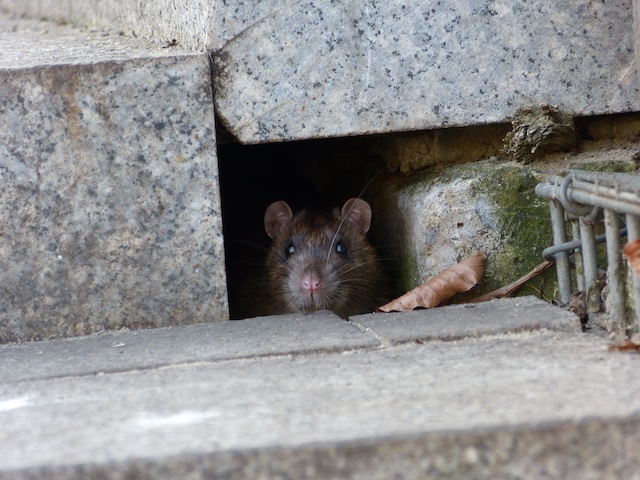Communication is a very important part of rats’ secret world because it helps them stay alive, have babies, and find their way around the complex environments they live in. Understanding the subtleties of how rats talk is not only interesting, but also necessary for people who want to keep these smart animals out of their homes. In this blog post, we’ll look into the interesting world of rat conversation and try to figure out what these tricky animals are trying to say.
1. Ultrasonic Vocalizations: Rats use a variety of sounds to interact, some of which are too high for humans to hear. Ultrasonic sounds, which are frequencies higher than what people can hear, are a big part of how rats communicate with each other. These ultrasonic sounds, which we can’t hear, are a way for animals to communicate over long distances. They are especially important during mating and courtship routines.
Squeaks and Chirps: Rats make sounds that can be heard, like squeaks and chirps, which have different meanings. High-pitched squeaks are often signs of happiness or stress, while softer chirps can mean satisfaction. These sounds help rats stay in touch with each other in their groups and let each other know about possible dangers or food sources.
3. cleaning and Touch: Rats talk to each other without using words by cleaning and touching each other. Rats strengthen their social bonds with each other and feel more united when they groom each other. Their sensitive whiskers make it easier for them to touch, which helps them communicate through touch while they explore and connect with other animals.
4. Pheromones and Scent Marking: Smell is a big way for rats to communicate about their surroundings and mark their area. Chemical signals called pheromones are released through urine and glandular secretions. They are very important for marking areas, attracting mates, and sharing social rank. The way rats find their way around is by using a complex language called scent marking.
5. Tail Expressions: The rat’s tail can be used in many ways to talk. A raised tail can mean that a dog is aware or excited, while a lowered tail can mean that the dog is giving up. Rapid tail movement, which you can see a lot of when they play or connect with each other, is one way they communicate visually.
6. Echolocation: Rats use a type of echolocation to find their way in the dark, though it’s not as advanced as bats’. Rats make mental maps of their surroundings by making ultrasonic sounds and figuring out what the echoing sounds mean. This way of talking is very important for getting around problems and finding possible food sources.
In conclusion, figuring out how rats talk to each other reveals a complex web of sounds, body language, smell marking, tail movements, and even a basic form of echolocation. Understanding this complicated way rats talk to each other can help people who are having problems with rat infestations. By making it harder for them to send and receive messages, homes can use better methods to get rid of pests. Rats use ultrasonic signals to communicate, and a higher tail can mean a lot of different things. Understanding their language is the first step toward making places without rats. Homeowners are always fighting these smart rodents, and a better understanding of how they talk is a powerful tool.
